A Literatura Profética II é continuação da Literatura Profética I. A carga horária semanal é de 2 horas, no segundo semestre do segundo ano de Teologia.
Ementa
A disciplina aborda os profetas mais significativos de Israel desde o final do reino de Judá até a reconstrução pós-exílica na época persa. Cada um é tratado no seu contexto, nas características de sua atuação e textos escolhidos são lidos.
II. Objetivos
Coloca em discussão as características e a função do discurso profético e confronta os textos dos profetas com o contexto da época, possibilitando ao aluno uma leitura atualizada e crítica dos textos proféticos em confronto com a realidade contemporânea e suas exigências.
III. Conteúdo Programático
1. Jeremias
2. Ezequiel
3. Dêutero-Isaías (Is 40-55)
4. Ageu
5. Zacarias 1-8
6. Trito-Isaías (Is 56-66)
IV. Bibliografia
Básica
MESTERS, C. O profeta Jeremias: um homem apaixonado. São Paulo: Paulus/CEBI, 2016.
SCHÖKEL, L. A.; SICRE DÍAZ, J. L. Profetas 2v. 2. ed. São Paulo: Paulus, vol. I: 2004 [3. reimpressão: 2018]; vol. II: 2002 [4. reimpressão: 2015].
SICRE DÍAZ, J. L. Introdução ao profetismo bíblico. Petrópolis: Vozes, 2016.
Complementar
CROATO, J. S. et al. Os livros Proféticos: a voz dos profetas e suas releituras. RIBLA, Petrópolis, n. 35/36, 2000/1/2.
DA SILVA, A. J. Arrancar e destruir, construir e plantar. A vocação de Jeremias. Estudos Bíblicos, Petrópolis, n. 15, p. 11-22, 1987.
DA SILVA, A. J. Nascido Profeta: a vocação de Jeremias. São Paulo: Paulus, 1992.
DA SILVA, A. J. O discurso de Jeremias contra o Templo. Estudos Bíblicos, Petrópolis, n. 129, p. 85-96, 2016. Artigo na Ayrton’s Biblical Page. Última atualização: 28.07.2016.
DA SILVA, A. J. Perguntas mais frequentes sobre o profeta Jeremias. Texto na Ayrton’s Biblical Page. Última atualização: 23.01.2017.
DA SILVA, A. J. Superando obstáculos nas leituras de Jeremias. Estudos Bíblicos, Petrópolis, n. 107, p. 50-62, 2010.
DA SILVA, A. J. Vale a pena ler os profetas hoje? Artigo na Airton’s Biblical Page. Última atualização: 22.08.2015.
GAMELEIRA SOARES, S. A. et al. Profetas ontem e hoje. 3. ed. Estudos Bíblicos, Petrópolis, n. 4, 1987.
HAUSER, A. J. (ed.) Recent Research on the Major Prophets. Sheffield: Sheffield Phoenix Press, 2008. Disponível online.
REIMER, H. et al. Segundo Isaías: Is 40-55. Estudos Bíblicos, Petrópolis, n. 89, 2006.
SCHWANTES, M. et al. Profetas e profecias: novas leituras. Estudos Bíblicos, Petrópolis, n. 73, 2002.
WILSON, R. R. Profecia e Sociedade no Antigo Israel. 2. ed. revista. São Paulo: Targumim/Paulus, 2006.
Leia Mais:
Preparando meus programas de aula de 2019
História de Israel I 2019
História de Israel II 2019
Hebraico Bíblico 2019
Pentateuco 2019
Literatura Deuteronomista 2019
Literatura Profética I 2019
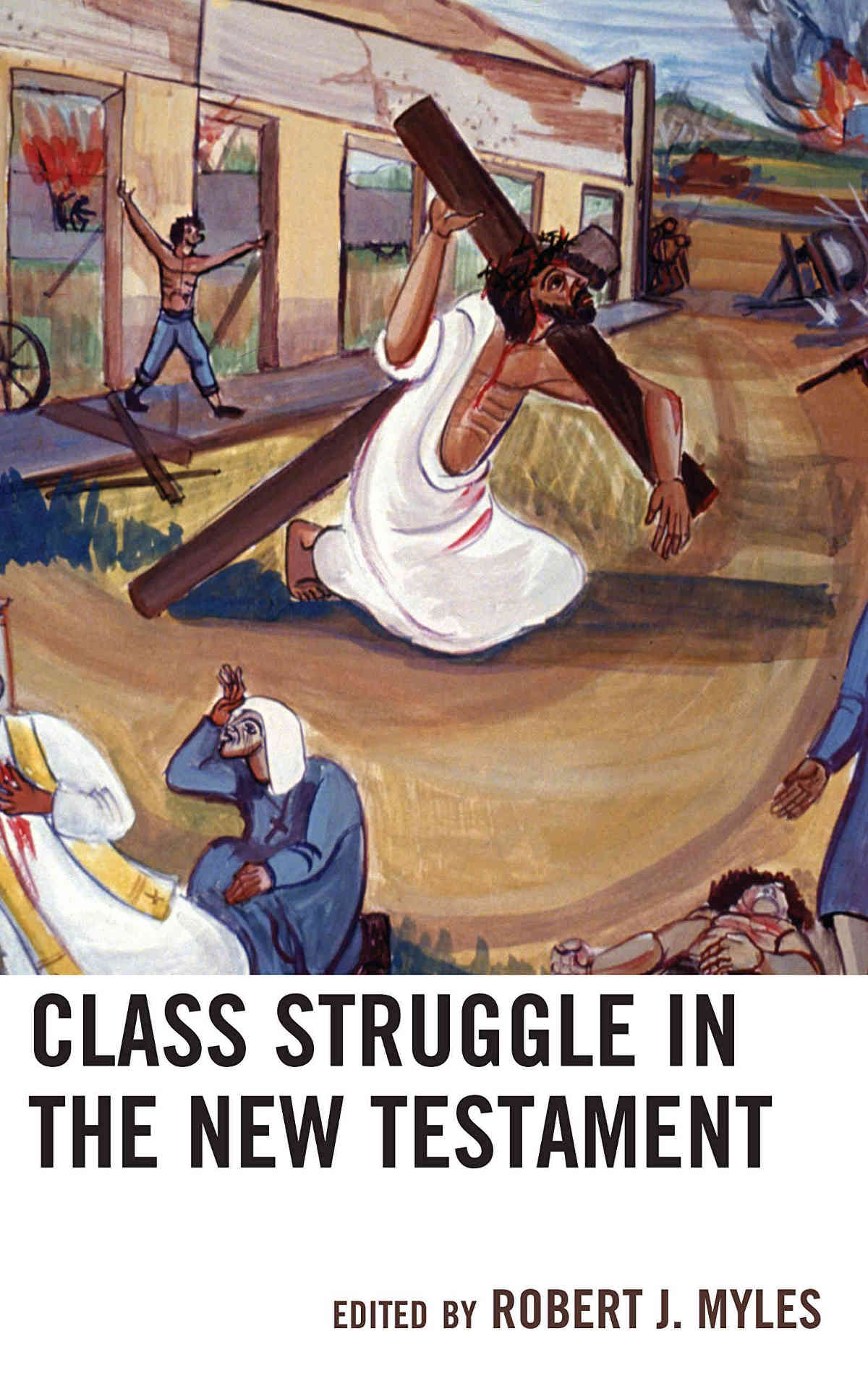
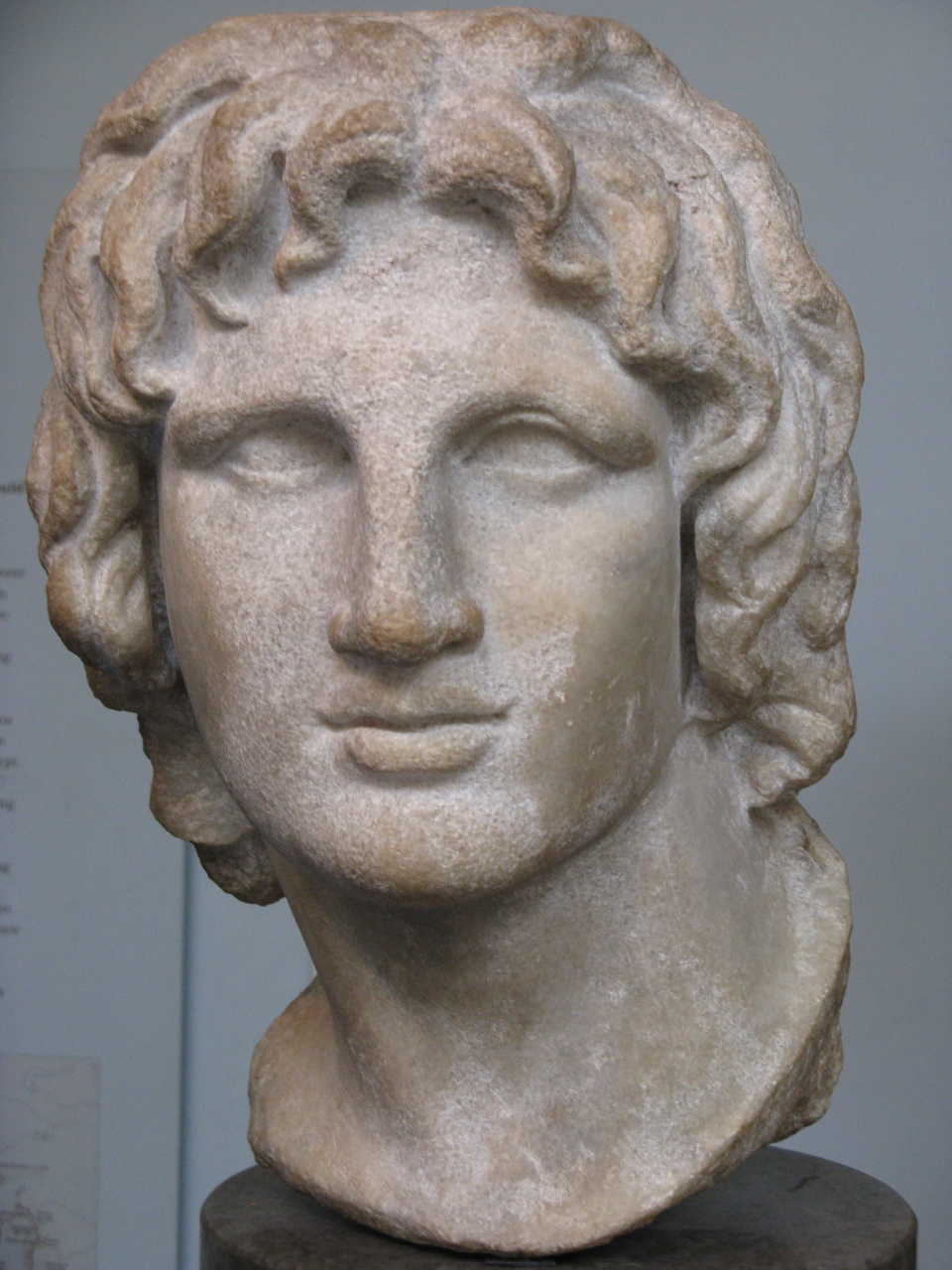
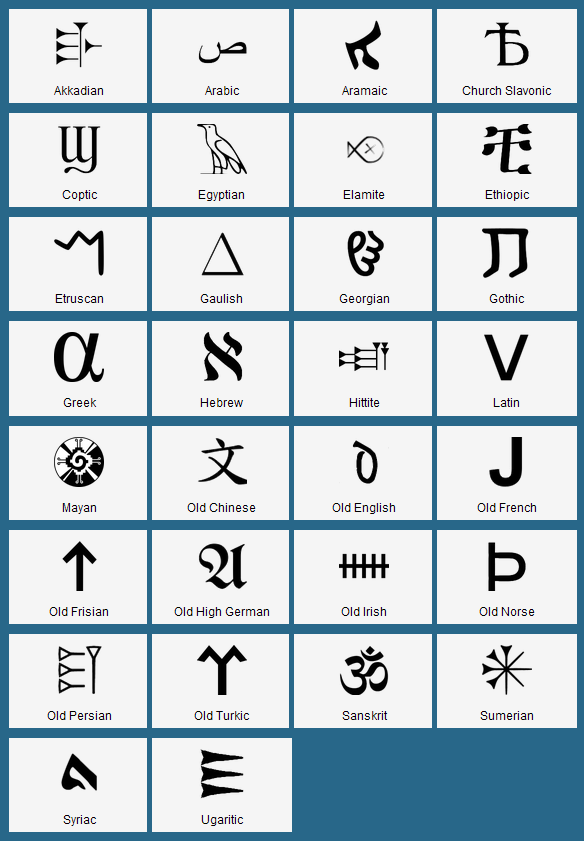
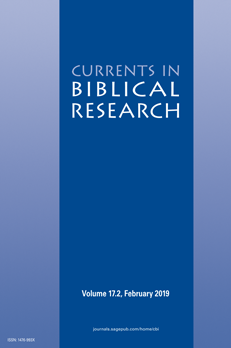
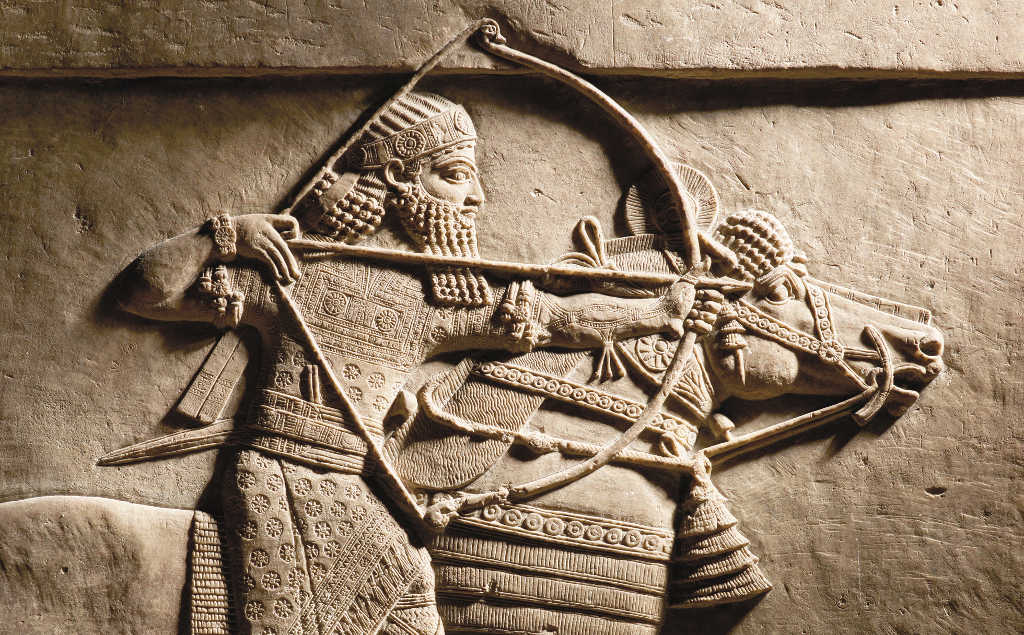
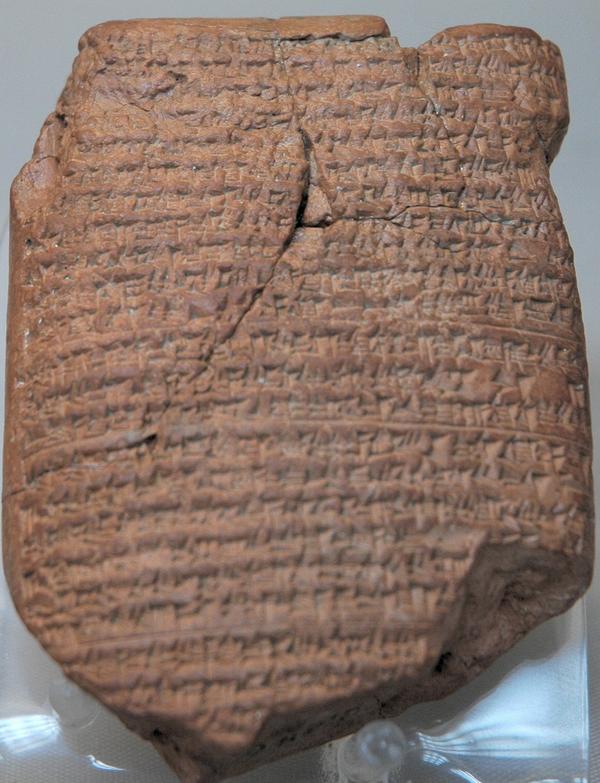
![TIBERIEVM PON]TIVS PILATVS PRAEF]ECTUS IVDA[EA]E - Inscrição de Cesareia - Museu de Israel, Jerusalém TIBERIEVM PON]TIVS PILATVS PRAEF]ECTUS IVDA[EA]E - Inscrição de Cesareia - Museu de Israel, Jerusalém](https://www.airtonjo.com/images/pilatos-1.jpg)